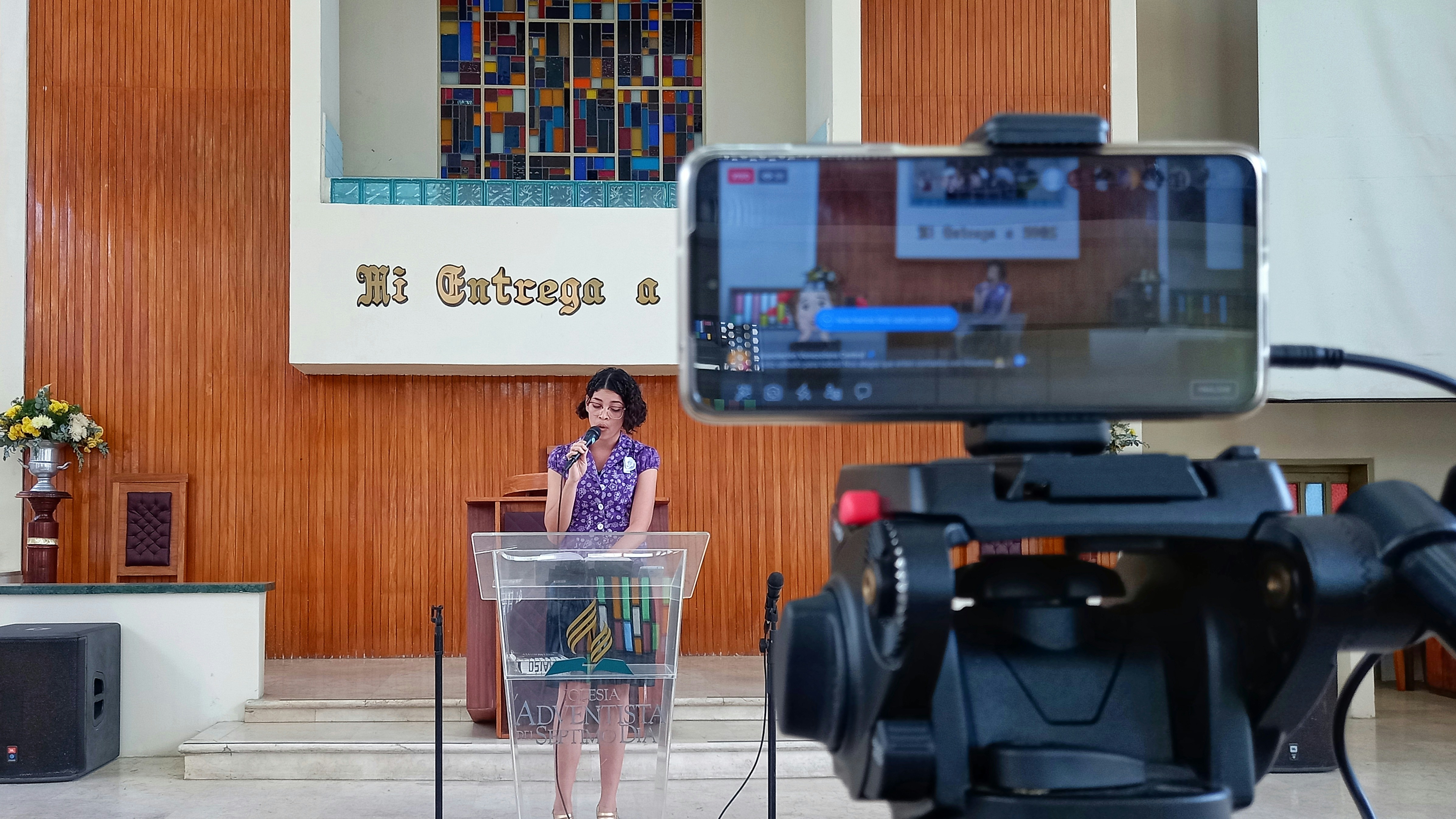
Introduction to Speech-to-Text Technology
Speech-to-text technology, often referred to as automatic speech recognition (ASR), serves the essential purpose of converting spoken language into written text. This transformative technology streamlines communication by enabling users to effortlessly transcribe audio input into a digital text format. Its significance spans various domains, including accessibility for individuals with hearing impairments, enhancing global communication, and improving productivity in professional settings.
The evolution of speech-to-text technology can be traced back several decades, beginning with early systems that relied heavily on simplistic rule-based algorithms. These initial attempts were limited in accuracy and flexibility. However, advancements in digital signal processing and machine learning have dramatically enhanced the capabilities of ASR systems. Current technologies utilize sophisticated algorithms that analyze audio waves captured through various devices, from smartphones to advanced microphones.
At its core, the process of converting audio waves into text involves several key components. First, audio input is digitized and then analyzed to identify phonetic elements. The technology employs acoustic models, language models, and dictionaries to interpret sounds and predict likely words or phrases, thereby facilitating a seamless transcription process. Over time, improvements in natural language processing (NLP) have enabled speech-to-text applications to better understand context, nuances, and dialects in spoken language, resulting in more accurate outputs.
The importance of speech-to-text technology extends beyond mere convenience. In contemporary society, it plays a crucial role in promoting inclusivity and accessibility. For example, deaf and hard-of-hearing individuals benefit significantly from real-time captioning and transcription services. Furthermore, the globalization of communication has driven the demand for efficient multilingual transcription solutions, fostering cross-cultural dialogue and collaboration. As speech-to-text technology continues to evolve, it promises to enhance communication and understanding in an increasingly interconnected world.
The Science Behind Audio Wave Conversion
The process of converting audio waves into text involves a complex interplay of algorithms, artificial intelligence, and linguistic analysis. Audio waves, which are analog signals representing sound, must first be digitized for processing. This digitization turns sound into a binary format that can be manipulated by computers. The fundamental challenge lies in accurately capturing the nuances of human speech, including tone, emotion, and regional accents.
At the heart of audio conversion technologies are machine learning models, often enhanced by deep learning techniques such as neural networks. These models learn by analyzing vast datasets of spoken language, identifying phonetic patterns, and generalizing from previously encountered examples. The training process enables these systems to recognize distinctly different languages and variations in pronunciation. For instance, they can successfully differentiate between similar-sounding words through context and word usage frequency.
One significant advancement in audio transcription is the use of convolutional neural networks (CNNs) and recurrent neural networks (RNNs). CNNs are adept at identifying spatial hierarchies in sound frequencies, while RNNs are preferred for sequential data, making them well-suited for processing the temporal aspect of audio signals. Together, these technologies help improve both the speed and accuracy of the transcription process.
This continuous advancement in AI algorithms allows for real-time transcription and translation, making multi-language communication more accessible. By employing techniques such as audio feature extraction and language modeling, these systems increasingly refine their understanding of speech patterns. As they adapt to various linguistic structures, they pave the way for more seamless cross-cultural communication.
Ultimately, the fusion of advanced algorithms and human linguistic insight creates a formidable system for audio-to-text conversion, fostering a universal language revolution that transcends geographical barriers.
Challenges and Limitations in Multilingual Transcription
Transcribing audio waves into text presents a multitude of challenges, especially in multilingual environments. One prominent issue is the variation in accents and dialects within a single language. Distinct pronunciations can significantly alter the perceived phonetics of words, resulting in potential misunderstandings or misinterpretations by speech-to-text technology. For instance, British English and American English, while fundamentally the same language, possess numerous variations that can confuse transcription algorithms.
In addition to accents, dialects also introduce significant complexity into the transcription process. Certain regions may utilize colloquial expressions or unique vocabulary that are not universally recognized, complicating the task of accurate transcription. The adaptation of automated systems to accommodate such linguistic diversity remains a substantial hurdle in the field of speech recognition.
Background noise further exacerbates transcription challenges. In real-world environments, conversations often occur amidst distractions, such as other discussions, machinery, or environmental sounds, which can obscure the primary speech signal. This ambient noise complicates the extraction of clean audio, making it difficult for technology to accurately decipher words. Current speech-to-text systems may struggle to filter out these interferences, leading to decreased transcription quality.
Technological limitations also play a significant role in the accuracy of multilingual transcription. While advances have been made in machine learning and artificial intelligence, many existing models may not be trained on a sufficiently diverse range of languages and dialects. This lack of training data limits the ability of these systems to effectively recognize and transcribe speech variations. Ongoing research aims to address these challenges by developing more robust models that incorporate a wider array of linguistic input, thereby enhancing transcription accuracy across diverse linguistic situations. The continuous evolution in this field demonstrates a commitment to improving communication on a global scale.
The Future of Speech-to-Text: Innovations and Applications
The future of speech-to-text technology holds great promise, with emerging trends and innovations shedding light on the potential enhancements in transcription quality and speed. Artificial intelligence (AI) and machine learning (ML) are at the forefront of this transformation, continually refining algorithms that improve accuracy in recognizing speech patterns. As these technologies advance, we can anticipate a significant reduction in transcription errors, making AI-driven transcription more reliable for various applications.
One noteworthy trend is the integration of natural language processing (NLP) within speech-to-text systems. NLP allows for a deeper understanding of context, tone, and intent, which could lead to more nuanced and precise transcriptions. Furthermore, real-time transcription capabilities are expected to evolve, offering instant captions during live events or meetings, thereby enhancing accessibility for individuals with hearing impairments.
The potential applications across various industries are vast. In education, for instance, speech-to-text technology can aid teachers and students by converting lectures into written text, allowing for easier study and review. Students with disabilities will benefit immensely, as they gain access to materials that were previously challenging to engage with. In the healthcare sector, doctors can utilize this technology to dictate notes during patient consultations, streamlining administrative processes and enhancing patient care. By transforming audio waves into text, medical professionals can ensure that critical information is accurately captured without delay.
In customer service, businesses can leverage these innovations to improve interactions with clients. Automated transcription of customer service calls can provide valuable insights through data analysis, helping organizations to tailor their services to better meet customer needs. Overall, advancements in speech-to-text technology not only foster efficiency across different sectors but also promote a more connected and inclusive global society, bridging communication gaps and empowering individuals.









